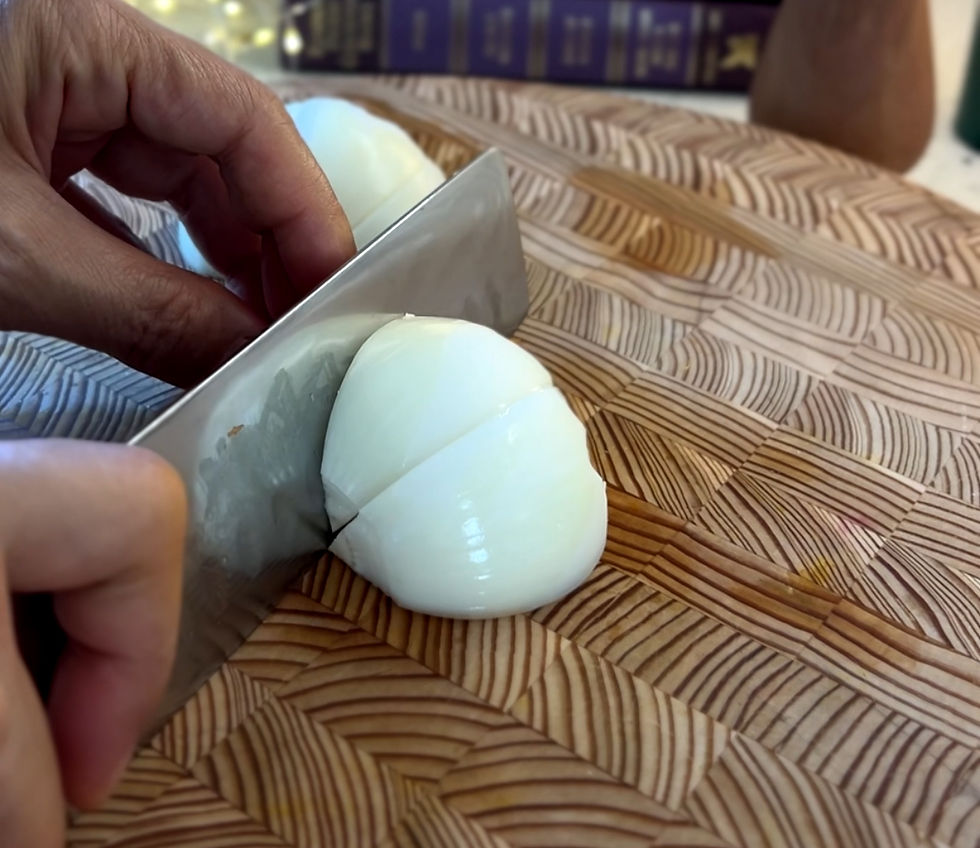A Flavorful Journey into Galbijjim Korean Braised Short Ribs🍖
- Up and Down Story

- 12 minutes ago
- 3 min read

There's nothing quite like sharing Galbijjim (braised short ribs) with family during the Lunar New Year-it transforms an ordinary meal into a truly special occasion.
This delectable dish is more than just food; it creates enduring memories of holiday celebrations with loved ones. For immigrants living abroad (such as in the U.S.), Galbijjim offers a taste of home and a comforting reminder of Korea. Holding those big bones and savoring the tender, fall-off-the-bone meat… there's nothing quite like that moment of pure joy. 🏡
In this post, I'm sharing Chef Baek Jong Won's renowned recipe, but prepared without a pressure cooker-just using a regular pot. Many people don't own a pressure cooker, so I've opted for a more traditional method this time. As always, Chef Baek's "golden recipe" is straightforward and foolproof if you follow it step by step. 👩🏻🍳
🛒 Ingredients (serves 4)
• 2kg (about 4.5 lbs) short ribs
• Onion, Korean radish (or daikon), jujube (Korean dates), potato, carrot, green onion
• Sesame oil
For the sauce:
• 3/4 cup (180ml) soy sauce
• 3/4 cup (180ml) water
• 1/3 cup (80ml) cooking wine or Mirim
• 1/4 cup sugar
• 1 tbsp honey
• 2 tsp minced garlic
• 2/3 tsp minced ginger
• Chopped green onion
• Black pepper


Soy sauce https://a.co/d/cL95fcn
Mirim https://a.co/d/hKBPSCe
Sesame oil https://a.co/d/aM1paxG
👩🏻🍳 Recipe
Trim excess fat from the ribs and soak them in cold water for 3 hours to remove the blood, changing the water 2-3 times.
Bring a pot of water to a boil, add the ribs, and blanch them for at least 10 minutes.

Rinse the ribs under running water, ensuring you remove any blood or debris between the bones. This step is crucial to eliminate any gamey flavor.


Clean the pot thoroughly before using it again.

Chop the onion into large chunks.

Make the sauce:
• 3/4 cup soy sauce
• 3/4 cup water
• 1/3 cup cooking wine or Mirim
• 1/4 cup sugar
• 1 tbsp honey
• 2 tsp garlic
• 2/3 tsp ginger
• Chopped green onion
• Black pepper

Place the cleaned ribs, chopped onion, and jujubes in the pot. Pour in the sauce.

Add extra water until the ribs are just submerged. (You’ll need more water because it will be reduced during the cooking process.)
Bring to a boil, then reduce to medium heat and simmer for about 30 minutes.
As you wait, prepare your vegetables: Slice the carrot, potato, and radish into large pieces. If you prefer a neater appearance, trim the edges with a knife (this step is optional but can help the vegetables remain intact during cooking).

After 30 minutes, add the chopped veggies (except the green onion) to the pot. Stir gently to coat them in the sauce.

Reduce to medium-low and cook for another 30 minutes. Check doneness by piercing the meat with a knife or chopstick- it should be tender.

Finish by adding chopped green onion and a drizzle of sesame oil. Simmer for 5 more minutes, and it’s ready to serve!

🥩 Creative Ways to Repurpose Leftover Galbijjim
Have leftovers? Try these tasty ideas to reinvent them:
1. Fried Rice: Cut the meat into pieces and stir-fry it with rice for a quick and delicious meal.
2. Tacos: Chop the meat and use it as a taco filling with your favorite vegetables for a Korean-Mexican fusion.
3. Omelet: Combine chopped Galbijjim with eggs to create a savory omelet. Add cheese for an extra treat.
4. Ramen: Include leftover Galbijjim and some of its sauce in a pot of ramen for a rich, flavorful broth.
Honestly, no matter how you reuse it, Galbijjim is always a win. 😄





Comments